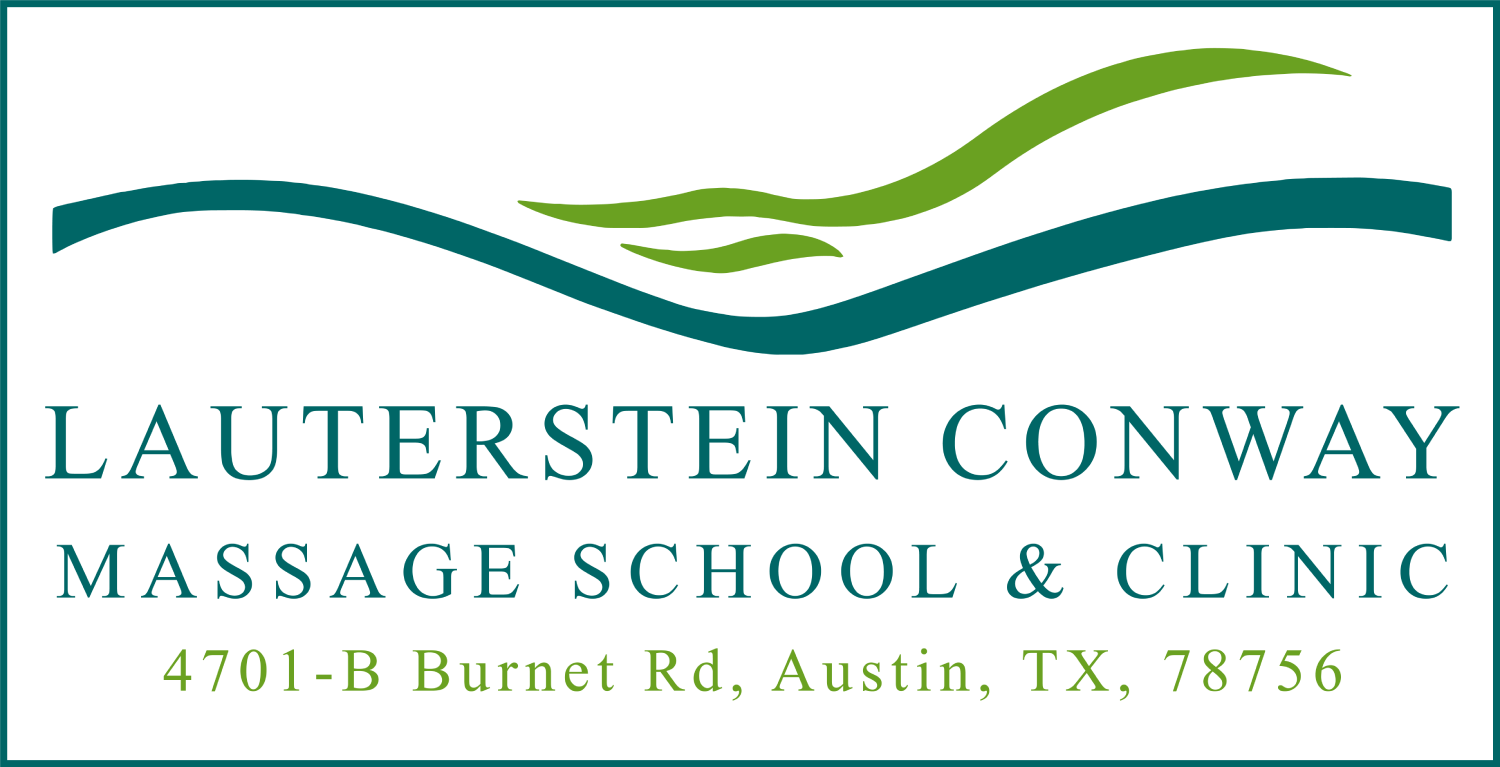TLC is honored to be one of the few national locations sponsoring the distinguished founder of the Downeast School in Maine – Nancy Dail.
Ms. Dail has been a professional massage therapist since 1974. A leader in her field, Nancy has presented workshops throughout the U.S. and internationally, in Russia. She is certified in Orthopedic and Sports Massage. She is lead author of the seminal textbook – Kinesiology for Manual Therapies published by McGraw-Hill.
Here is an interview she did this March exclusively for TLC.
TLC: Nancy, what do you think are the most important for a therapist to know today?
ND: Probably one of the most important things therapists need to know is how to be centered and grounded. Leading from that, once you understand how to be balanced, centered and grounded, then you can truly utilize a higher level of body mechanics. This will serve your for your entire career!
TLC: When it comes to technique what is unique about your approach, which you call “Dimensional Massage”?
ND: What is unique is that it has a philosophy of how to work and how to create a more effective clinical protocol by understanding by more deeply understanding the structure of the body. Then instead of taking just one technique in approaching an injury, you understand the pathology and repetitive or traumatic causes that really were the original causes of the problem.
Muscles work in groups and in pairs and in opposition. You can’t just work the injured muscle; you must work on the higher groups that set the position for the more distal joints. You have to work on all the muscles for the affected joint as well as all the muscles above to truly affect the whole kinetic chain.
When I work in a treatment protocol, I’m looking at the person – look at their repetitive actions, look at their gait, their posture, everything that contributes to the problem. Look at the whole person and see what patterns have they created that affects their entire issue. So you’re not just treating the problem your treating everything that feeds into the problem.
TLC: You’ve been in the profession and growth of massage for nearly 40 years. What positive and negative changes have you observed?
ND: We’ve brought massage to a time when it has become a household word. Yet, we’ve almost done this job too well.
It’s accepted in so many ways that it’s also abused in so many ways.
Like – the criminal elements have not gone away. We need to draw on and emphasize ethics even more deeply into our culture.
Yet there are so many positives – its social acceptance, its relevance to so many target groups of clients and employers. We work alongside so many different health professionals these days. In the early days we were lucky to work in the back room of a health spa. Now we’re in the front treatment rooms of chiropractors, osteopaths, and every kind of health professional. We’re everywhere. We work side-by-side now!
Massage’s time has come!
